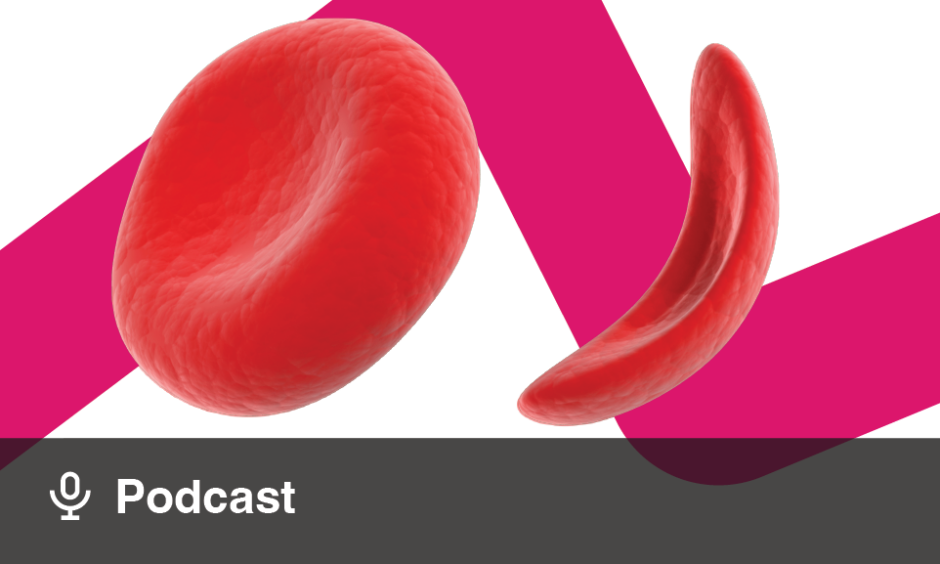DESPITE established guidelines, new research has shown that the rate of ischemic stroke in children with sickle cell disease (SCD) in California has risen.
The 1998 STOP trial led to the establishment of chronic blood transfusions as the standard preventive measure for children with SCD at high risk of stroke, resulting in a decrease in the number of stroke cases. Despite this initial decrease, recent trends indicate a resurgence, particularly in children and adults in California.
Therefore, researchers sought to determine if there has been a shift in stroke prevalence among patients with SCD, by analysing data from the California Department of Health Care Access and Innovation spanning nearly three decades (1991-2019). This data included emergency department visits and hospitalisations for 7,636 individuals with SCD.
Researchers calculated the cumulative incidence of first ischemic strokes and intracranial haemorrhages (ICH) in patients before and after the STOP trial. By age 20, the cumulative incidence of first ischemic stroke was 2.1% (95% CI: 1.8-2.4%), increasing to 13.5% by age 60 (95% CI: 12.3-14.7%). The results also demonstrated that the cumulative incidence of ICH was 0.5% by age 20 (95% CI: 0.4-0.7%), and 6.8% by age 60 (95% CI: 5.9-7.7%). The findings also revealed that between 2010 and 2019, the rates of ischemic stroke increased significantly among children under 18 (234.9 versus 165.1 per 100,000PY; p=0.012) and adults (ages 31-50 years, 431.1 versus 303.2 per 100,000PY; p=0.031) compared to the previous decade. Similarly, ICH rates increased in young adults (ages 18-30), and TIAs were more common in children. Notable risk factors for these events included advancing age, hypertension, and hyperlipidaemia.
These findings emphasise the need for renewed stroke prevention strategies in clinical practice for patients with SCD. While chronic transfusions remain a critical component of care, the rise in cerebrovascular events suggests a greater focus on managing modifiable risk factors such as hypertension and hyperlipidaemia.
Katrina Thornber, EMJ
Reference
Oluwole OB et al. Rates of strokes in Californians with sickle cell disease in the post-STOP era. Blood. 2024;DOI:10.1182/blood.2023023031.







